 |
| Before: Difficult despite two people |
 |
| After: Easier with just one person |
Background
Vacuum technology has developed dramatically in recent years, providing a good option for many lifting tasks. The big advantage of vacuum hoists is that they provide instantaneous coupling, unlike the traditional hoist which usually requires a hook or sling that can take extra time to connect, or indeed, may not be feasible at all.
Vacuum hoists are typically supported by a jib or gantry crane, but can be attached to any type of suitable holders, including forklifts and robots.
The technology allows for lifting heavy loads with little risk of losing grip and falling unexpectedly. Vacuum force can be easily adjusted for the weight of the load.
The hoists consist of several components, providing options for selection:
- Lifting mechanism: The vacuum hose itself vs. cable winch
- Location of vacuum pump: Integrated vs. separate
- Type of end effector (or “grabber”)
- Handle design
Each of these is described below, along with vendors. (Note that the vendor name under a particular photo indicates the source of the image. Other vendors may have equivalent products).
Options
Hose lift (or “tube” lift)
 |
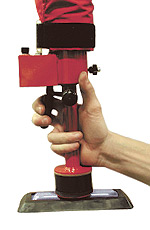 |
| Hose combines grabbing and lifting | Example of small hose (Vaculex) |
The earliest design of vacuum hoists was based on the hose to both grab the load and to lift it. This design is simple and effective, but a disadvantage is that the hose can sometimes hinder maneuverability.
Integrated vacuum pump
 |
| Integrated pump (Anver) |
A more recent alternative design integrates the vacuum pump with the handle at the point of operation. This approach provides more maneuverability, but requires an additional mechanical hoist.
End effectors (“Grabbers”)
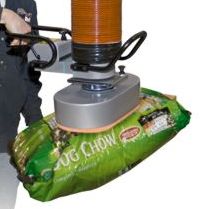 |
 |
| Basic (Powrgrip) | Three cup, hemispheric (Anver) |
An incredible variety of configurations are available, making the vacuum technology usable for countless items. The most basic type is a single vacuum grip as shown above and in the previous examples. Note that these vacuum grips can be designed for porous materials and uneven or curved surfaces. See also paver lifts.
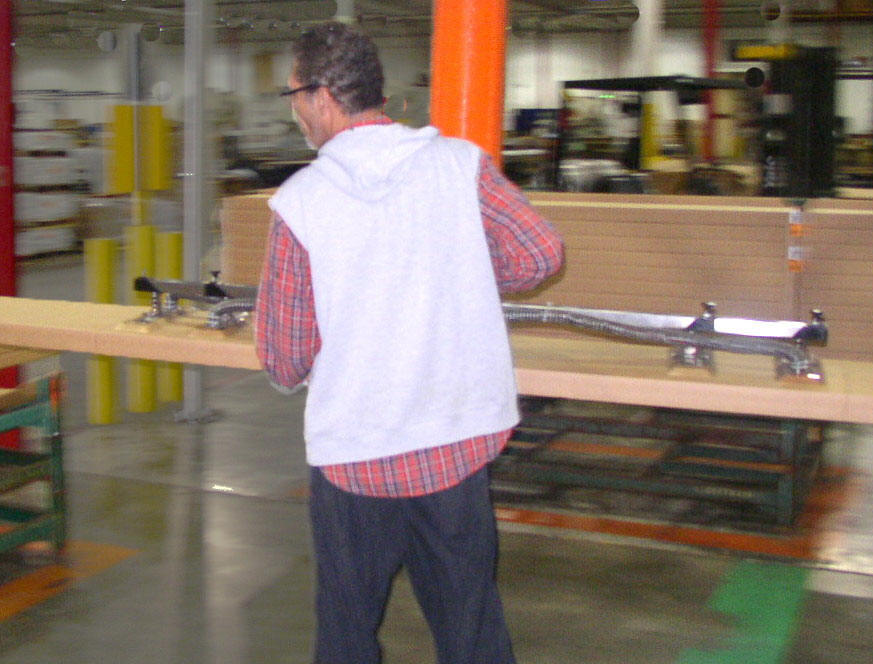 |
 |
| Long, narrow end effector | Side grabber (Anver) |
End effectors can be configured to virtually any shape or orientation.
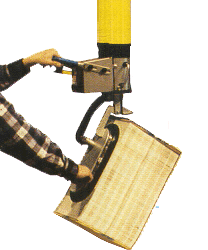 |
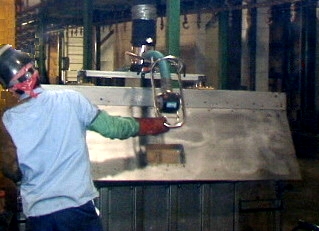 |
| End effector that allows items to be flipped 90° (Unimove) | |
An especially helpful option is a feature that allows items to be flipped 90°.
 |
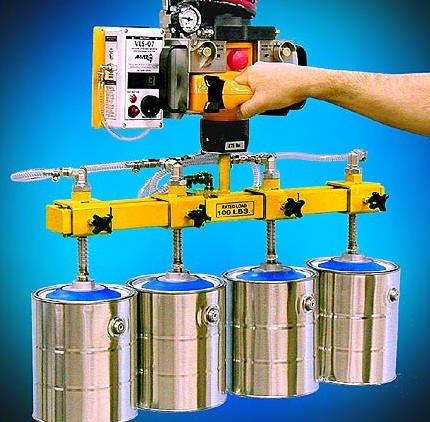 |
 |
| Multi-unit lifts (Anver) | ||
Vacuum hoists are particularly suited for developing end effectors that lift more individual units at a time than is otherwise possible, thus increasing productivity plus reducing risk of back injuries.
Handles
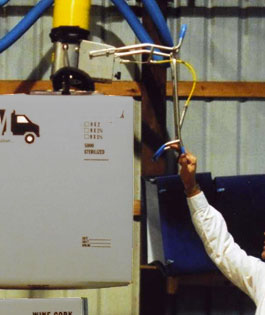 |
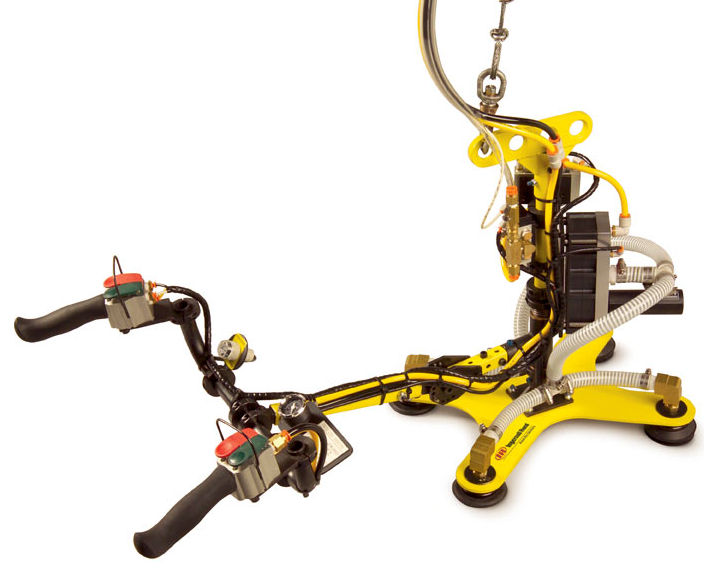 |
| Extended handle (Unimove) | Bike handle (IngersollRand) |
Long handle versions are available, which can serve to reduce bending and reaching along with lightening the load.
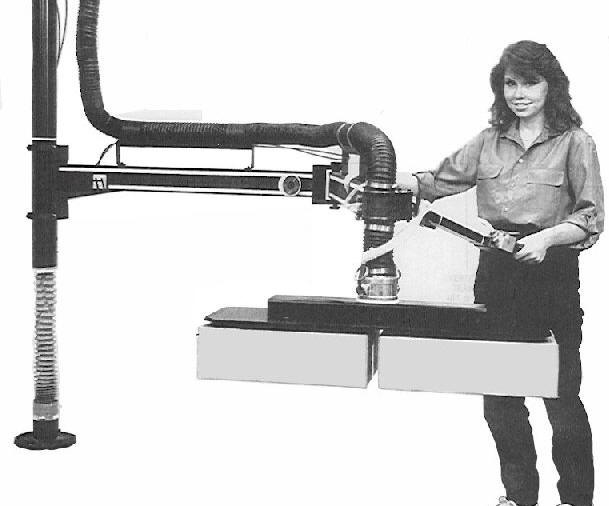 |
| Extended handle, articulating arm, thin hose, two boxes at once www.hermco.com |
Variations and combinations of all the above features are available from different vendors.
Support equipment
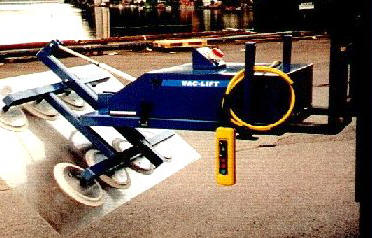 |
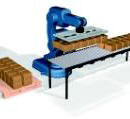 |
| Forklift (Vac-lift) | Robot (PIAB) |
Vacuum lifts can be mounted on any suitable piece of equipment, such as forklifts and robots.
Vendors
www.anver.com
www.ingersollrandproducts.com
www.piab.com
www.powrgrip.com
www.unimove.com
www.vac-lift.com
www.vaculex.com
